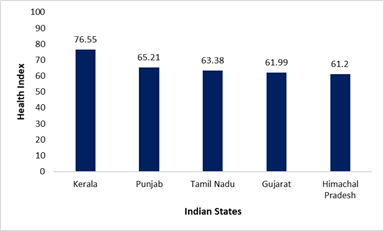Measles remains a leading cause of vaccine-preventable infant mortality. Infant mortality rate (IMR) is the number of deaths per 0live births of children under one year of age. Coovadia HM, Kiepiela P, Wesley AG. The age-related sequential immune response to natural measles was investigated in order to establish the role of immunodeficiency in the high infant mortality from infectious diseases.

Unfortunately, that gives anti-vaccine folks lots of opportunities to misuse statistics about infant mortality rates. The latest propaganda about vaccines and infant mortality rates relates to Japan. So as the current outbreak of measles in the US continues to sprea I’ve been intrigued by statements that the disease has a mortality rate of somewhere between one and three young children per thousand infected.
Of course I know as a public health academic that measles is highly infectious and can cause severe harm – even death. Focusing specifically on mortality, the overall rate was 4. Issues facing children in Somalia. Infant and maternal mortality rates are among the world’s highest.
The under five mortality rate is a staggering 2per 0live births. The main causes of death are diarrhoeal diseases, respiratory infections and malaria (an estimated per cent of Somalis are at risk of malaria). How do you determine the infant mortality rate?
What are the long term effects of measles? What is the formula for neonatal mortality rate? Kass’ point in the first place: know what actually led to the mortality rate decline, and do more of that!
Measles deaths still are a function of the number of people who get measles. The INFECTION rate is the number of CASES of measles infection in the population. The rate of infection went from 3. Measles is a leading cause of vaccine-preventable childhood mortality. The infant mortality rate is usually expressed as the ratio of infant deaths per one thousand live births.
Goldman looking at the correlation between the number of vaccines children get versus the infant mortality rate. A different study performed by Miller and Goldman analyzed the Vaccine Adverse Event Reporting System (VAERS) database. Measles unvaccinated boys had a higher risk of dying during one year of follow-up and a higher mortality rate when followed until years of age. For girls, there was little difference.

Having used dubious and error-ridden methods for counting the required vaccines and correlated those numbers to infant mortality rates, the authors then move on. After pointing out that the U. The chart shows the child mortality rate for the entire world population at different points in time. How to read the following graph: On the x-axis you find the cumulative share of the world population. The countries are ordered along the x-axis descending by the country’s child mortality rate.
The two are often used together to calculate the prevalence of a disease — e. Part of the variation in infant mortality rates among the states is associated with the variation in the racial characteristics of the state populations. Mortality rate is the rate of death in a population. The primary cause of infant deaths includes diseases like malaria and diarrhea. Although often these diseases are easily preventable, the poor economic state of the country prevents investments in the medical sector.

BEVERLY HILLS, November 1 (THEWILL) – The increase in the mortality rate from measles is becoming a source of worry to the United Nations Children Education Fund (UNICEF). One of the biggest challenges in both the developed and developing countries in the th and st centuries has been to decrease infant mortality rates. Global child mortality fell from 8. Over the same time perio the corresponding global coverage rate for measles vaccination rose from to according to World Health Organization estimates.
No comments:
Post a Comment
Note: Only a member of this blog may post a comment.